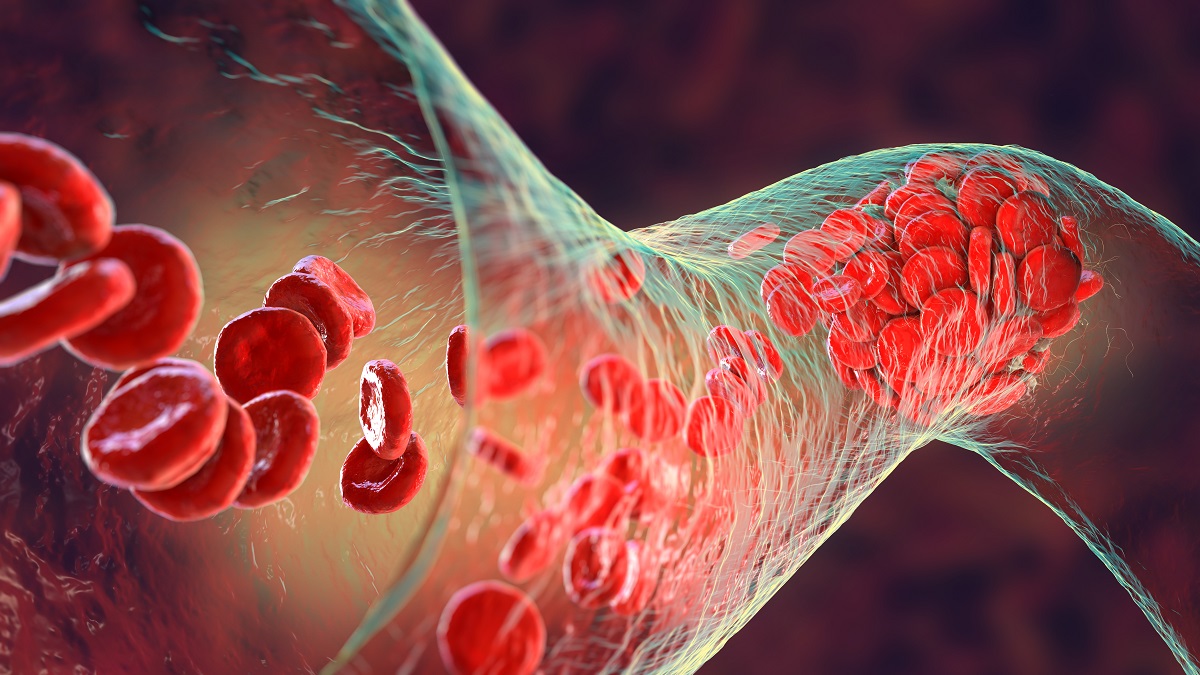KEY TAKEAWAYS
- The study aimed to assess IVIM and DKI histogram analysis with different ROI methods for predicting chemoimmunotherapy response in pts with NSCLC.
- Researchers found whole tumor volume ROI more effective than single slice ROI for predicting chemoimmunotherapy response.
There is an urgent need to find a reliable and effective imaging method to evaluate the therapeutic efficacy of immunochemotherapy in patients (pts) with advanced non-small cell lung cancer (NSCLC).
Yu Zheng and the team aimed to investigate the capability of intravoxel incoherent motion (IVIM) and diffusion kurtosis imaging (DKI) histogram analysis based on different region of interest (ROI) selection methods for predicting treatment response to chemoimmunotherapy in advanced NSCLC.
They performed an inclusive analysis involving 72 stage III or IV pts with NSCLC who received chemoimmunotherapy. IVIM and DKI imaging were conducted before treatment. Based on the Response Evaluation Criteria in Solid Tumors 1.1, pts were categorized into responders and non-responders groups. Histogram parameters of ADC, Dslow, Dfast, f, Dk, and K were measured using whole tumor volume ROI and single slice ROI analysis methods.
Variables with statistical differences were included in stepwise logistic regression analysis to identify independent parameters, which were then used to establish a combined model. The receiver operating characteristic curve (ROC) was employed to evaluate the predictive performance of the histogram parameters and the combined model.
About ADC, Dslow, and Dk histogram metrics were significantly lower in the responders group than in the non-responders group, while the histogram parameters of f were significantly higher in the responders group than in the non-responders group (all P < 0.05). The mean value of each parameter was better than or equivalent to other histogram metrics, where the mean value of f obtained from whole tumor and single slice both had the highest AUC (AUC = 0.886 and 0.812, respectively) compared to other single parameters. The combined model improved the diagnostic efficiency with an AUC of 0.968 (whole tumor) and 0.893 (single slice), respectively.
The study concluded that whole tumor volume ROI exhibited superior diagnostic capability over single slice ROI analysis. This suggests that whole tumor histogram analysis of IVIM and DKI has greater potential as a predictive tool for therapeutic response to chemoimmunotherapy in advanced NSCLC at the initial state.
This study was funded by the National Natural Science Foundation of China and by the Science and Technology Project of Gansu.
Source: https://pubmed.ncbi.nlm.nih.gov/38863062/
Zheng Y, Zhou L, Huang W, et al. (2024). “Histogram analysis of multiple diffusion models for predicting advanced non-small cell lung cancer response to chemoimmunotherapy.” Cancer Imaging. 2024 Jun 11;24(1):71. doi: 10.1186/s40644-024-00713-8. PMID: 38863062; PMCID: PMC11167789.



